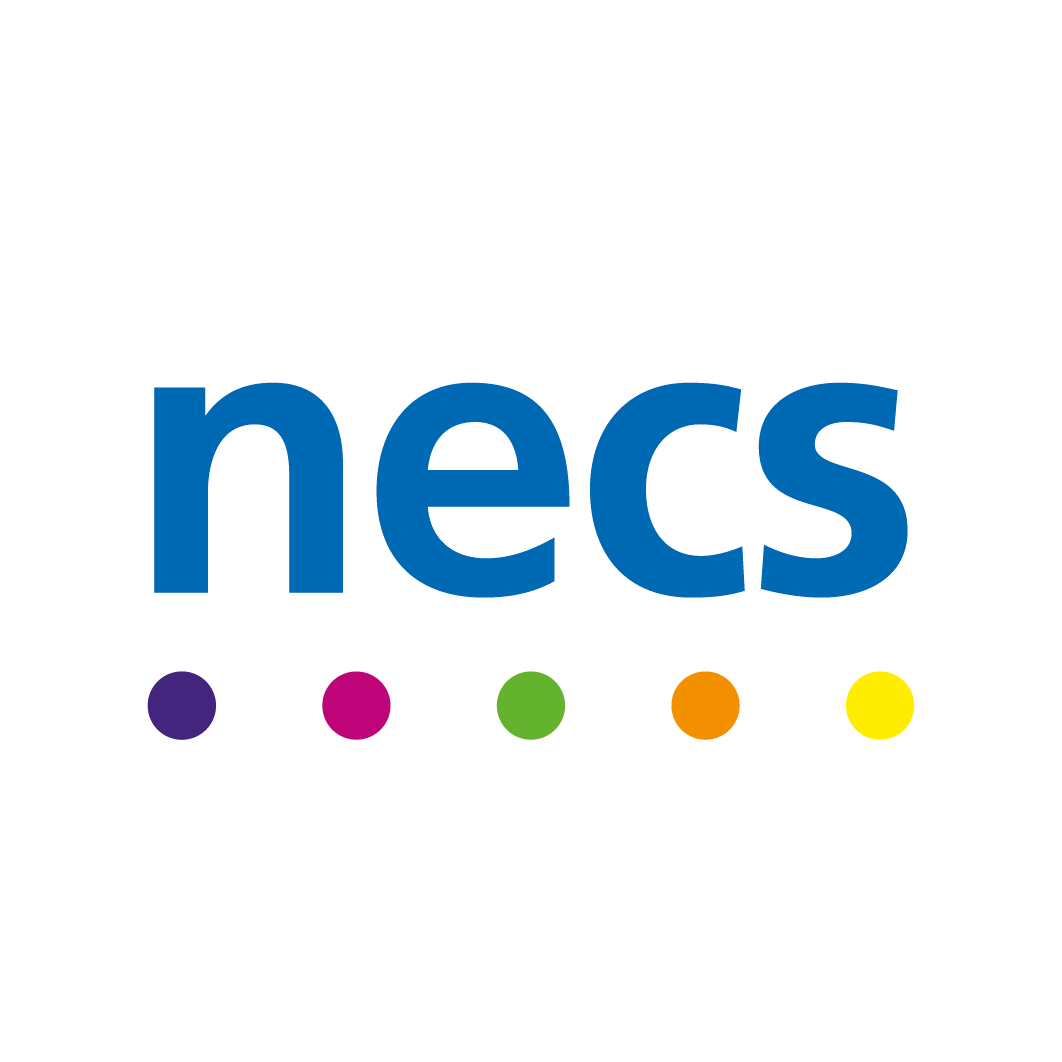Kate Nightingale, Information Solutions Lead for RAIDR at NECS shares her thoughts on how digital solutions can support ICBs in implementing a population health and multidisciplinary approach to improving patient safety and managing elective recovery.
The recovery of the elective waiting list backlog following a global pandemic will be one of the biggest challenges the NHS has ever faced. NHS England estimated in April 2023 that the figure now stands at approximately 7.2 million for patients who are awaiting procedures.
Evidence shows that patients who have waited longer than 18 weeks for treatment from the point of referral have seen an increase in frailty, weight gain, poor mental health as well as the effects of the economic impact. Reducing the number of cancellations of planned procedures in relation to this is the key to tackling the issue effectively.
Managing the elective backlog in terms of reducing waiting lists shouldn’t just be a priority for the NHS however – improving patient safety should also be at the forefront of any strategy. Putting the patient at the heart of the solution means that the care being provided can be targeted to vastly improve the outcomes of any intended treatment, including surgery.
Partnerships between local health organisations and an integrated risk management approach will be pivotal to achieving this. It is only by sharing information, experience and resources that collaboration and cross-organisational working will transform the landscape with tangible success. If we start to think of this approach as multimodal with input from medical optimisation teams and social prescribers, the benefits could be significant.
To support NHS England in meeting national targets and to improve patient outcomes, RAIDR has developed Waiting Well, a unique to the market, bespoke digital solution combining primary care and elective waiting list (EWL) data.
Our Waiting Well dashboard goes further than simply pinpointing areas where intervention is needed most. It provides valuable, actionable insights to enable quick and effective risk stratification of individual patients on the elective recovery waiting list, offering near real-time data to health organisations within an ICB at both aggregate and patient identifiable level and has been heavily utilised to offer tailored support to patients and encourage self-care.
Prehabilitation, which aims to inform and improve an individual’s overall health and wellbeing with a focus on lifestyle factors such as smoking cessation, reducing alcohol intake and weight management, is relevant here. BJA Education highlighted how recent prehab programmes have proved successful in reducing length of stay, less post-operative pain and fewer complications. These interventions are typically provided by multidisciplinary teams consisting of surgeons, anaesthetists, and physicians for a period of four to eight weeks.
RAIDR’s Waiting Well dashboard has been instrumental in delivering the Waiting Well programme for York Health & Care Partnership, helping to identify patients with unmanaged hypertension who are currently on the elective waiting list. The digital solution highlighted a cohort of 30 patients and GP Practices to which the individuals were registered, were able to export the clear NHS numbers to make direct contact. Following these calls, referrals were then made to health trainers or social prescribers based on the individual’s needs and, in some cases, BP monitors were delivered to patients to support them in managing their health remotely.
A monthly process for identifying cohorts of patients to support through the programme has now been implemented, with a dedicated web resource and allocated social prescribing time for patients on waiting lists who request a supportive phone call.
If support is provided across primary and secondary care to help patients manage long-term conditions such as chronic obstructive pulmonary disease (COPD), heart disease, hypertension and diabetes, it would reduce the risk of pulmonary infections, acute coronary syndrome and stroke. Management of anaemia and control of blood glucose levels are also vital to ensuring a positive outcome following surgery. Diagnosis and treatment of these conditions should be a priority before any elective procedure takes place.
For more about RAIDR, follow us on Twitter or visit www.raidr.co.uk

